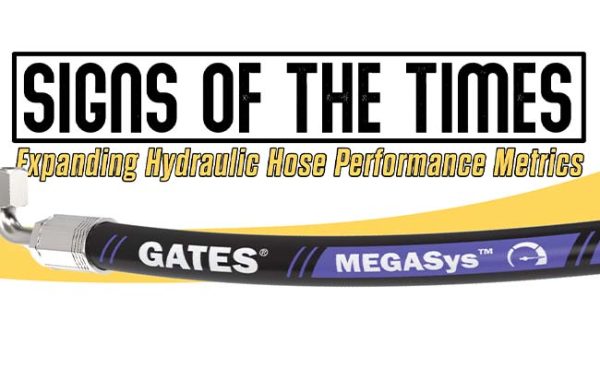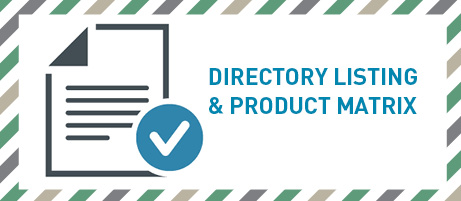Creating a Safer Workplace With a Few Simple Hose Management Changes

By Sarah Martin, Marketing Associate, SPIR STAR Ltd.
After 25 years of supplying hose, fittings, valves, and quick disconnects to valued customers who require up to 60,000 psi working pressures, SPIR STAR recognizes that ISO certification may be the safe gold standard but when that is not possible, implementing just a few simple procedures can dramatically increase worker safety. The following are a few suggestions that can be incorporated into even the most basic of equipment maintenance programs.
Store hose assemblies correctly: The main thing to be aware of is to keep anything that might contaminate a hose off of, and out of the hose. Therefore, storing it outside, on the floor, around chemicals, etc. is not a good idea if you want to maintain the best integrity of the hose. Similarly, hoses should be cleaned, drained, and coiled after use before they are stored.
Follow recommended service life: Is there such a thing, you ask? Well, the answer is yes, and no. Ultimately, multiple variables will affect the life expectancy like how well it is taken care of when not in use, how often it is used, the media flowing through the hose, and the environment in which the hose is being used to name just a few. However, there are general guidelines available, especially regarding high-pressure water blasting hoses. The WJTA has done the research and made it available regarding the recommended maximum service life of water blasting hose assemblies that can be followed to help prevent leaving them in service until failure.
Recertify prior use hoses with the manufacturer: The most important thing to remember if this is part of your hose management protocol, is that testing prior used assemblies (recertification) only indicates the condition of the assembly at the time of the test. The manufacturer will generally test the assembly as if it is new and therefore at the recommended test pressure of a new hose. Periodic hose testing can be beneficial but in and of itself is not enough to ensure the safety of the hose assembly and generally should not be done any more frequently than every three months.
Consider the use of accessories: Abrasion covers for example help protect the hose from excessive wear due to its use on rough surfaces, thereby increasing the working life of the hose. Similarly, other accessories are designed to prevent kinking of the hose, reduce stress near the hose end fitting, and protect the operator or surrounding equipment.
Use a visual pre-inspection checklist: Of all the suggestions, this one is probably the most critical to employ. Many hose failures can be prevented by removing a hose assembly from service that shows signs of damage before use. Employees can be trained to identify hose damage such as kinks, damaged end fittings, and exposed and damaged support wires, and then remove them from service. Many manufacturers like SPIR STAR has documentation that goes with each hose assembly about the proper care and use of a high-pressure hose and can even offer staff training if requested. Most hose failures occur due to external damage that is likely visible and will be noticed through a pre-use inspection of the hose assembly.







